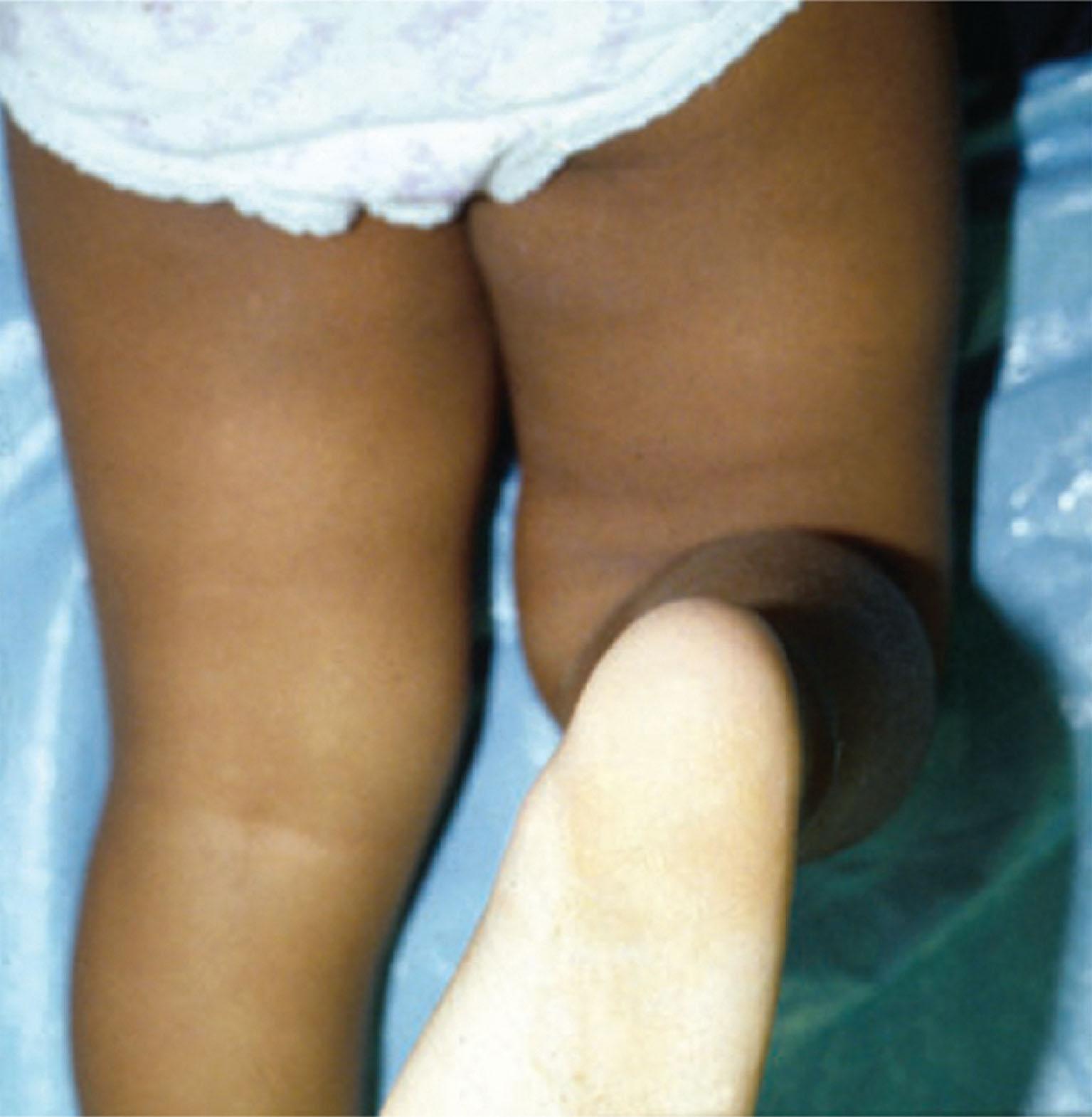Physical Address
304 North Cardinal St.
Dorchester Center, MA 02124
Torsional (in-toeing and out-toeing) and angular (physiologic bowlegs and knock knees) variations in the legs are common reasons that parents seek medical attention for their child. Most of these concerns are physiologic and resolve with normal growth. Understanding the natural history allows physicians to reassure the family and to identify non-physiologic disorders that necessitate further intervention. Physiologic disturbances are referred to as variations; pathologic disturbances are called deformities.
The femur is internally rotated (anteversion) about 30 degrees at birth, decreasing to about 10 degrees at maturity. The tibia begins with up to 30 degrees of internal rotation at birth and can decrease to a mean of 15 degrees at maturity.
Torsional variations should not cause a limp or pain. Unilateral torsion raises the index of suspicion for a neurologic (hemiplegia) or neuromuscular disorder.
Internal femoral torsion or femoral anteversion is the most common cause of in-toeing in children 2 years or older ( Table 200.1 ). The rotation is maximal between 4 and 6 years of age, and then decreases. It occurs twice as often in females. Many cases are associated with generalized ligamentous laxity. The etiology of femoral anteversion is likely congenital and is common in individuals with abnormal sitting habits such as W-sitting .
| IN-TOEING | OUT-TOEING |
|---|---|
|
|
The family may give a history of W-sitting, and there may be a family history of similar concerns when the parents were younger. The child may have kissing kneecaps due to increased internal rotation of the femur. While walking, the entire leg will appear internally rotated, and with running, the child may appear to have an egg-beater gait where the lower legs circle laterally during the swing phase. The flexed hip will have internal rotation increased to 80–90 degrees (normal 60–70 degrees) with corresponding external rotation limitations to about 10 degrees. Radiographic evaluation is usually not indicated.
Internal (medial) tibial torsion is the most common cause of in-toeing in a child younger than 2 years old. When it is the result of in utero positioning, it may be associated with metatarsus adductus (see Chapter 201 ).
The child will present with a history of in-toeing. Thigh-foot angle ( Fig. 200.1 ) is used to measure the degree of tibial torsion. The patient lies prone with the knee flexed to 90 degrees. The long axis of the foot is compared with the long axis of the thigh. An inwardly rotated foot represents internal tibial torsion and is measured as a negative angle. If follow-up is warranted, measurements should be taken at each visit.

It is critical to identify patients who have pathologic reasons for in-toeing and provide reassurance and follow-up to document improvement for patients with femoral anteversion and internal tibial torsion. Correction may not occur until 7–8 years of age, so it is important to inform families of the appropriate timeline. Braces (Denis Browne splint) do not improve or hasten outcomes. Fewer than 1% of all patients with in-toeing will need surgical intervention because of functional disability or cosmetic appearance.
Become a Clinical Tree membership for Full access and enjoy Unlimited articles
If you are a member. Log in here